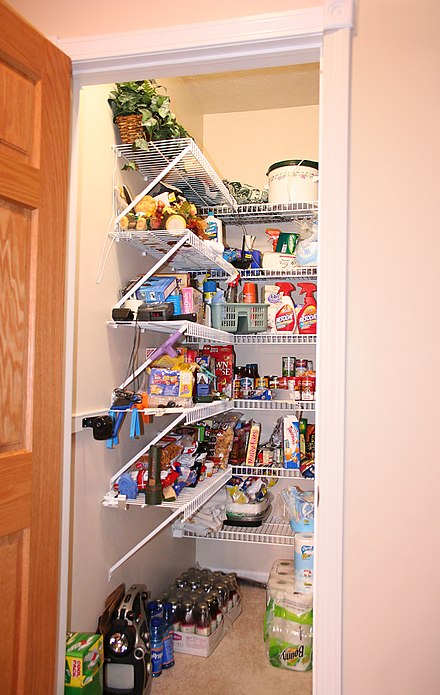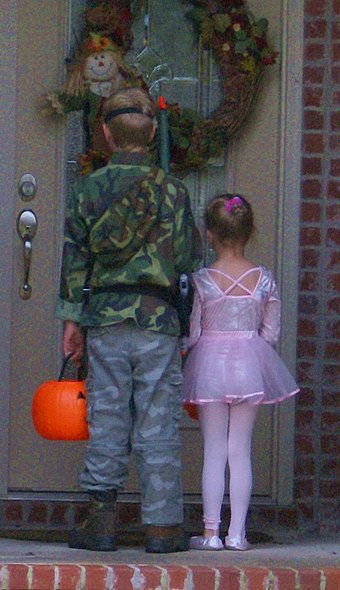inquire
inquire
verb
We inquired the way to the station.
I called the school to inquire about the application process.
flutter
flutter
verb
butterflies fluttering among the flowers
We watched the butterflies fluttering in the garden.
Leaves fluttered to the ground.
The bird was fluttering its wings.
The breeze fluttered the curtains.
Flags fluttered in the wind.
scythe
scythe
noun

Scythe
A scythe is an agricultural hand tool for mowing grass or harvesting crops. It is historically used to cut down or reap edible grains, before the process of threshing. The scythe has been largely replaced by horse-drawn and then tractor machinery, but is still used in some areas of Europe and Asia.
vine
vine
noun

Grapes grow upon a vine.
Apples grow upon a tree.
Blueberries grow upon a bush.
inflate
inflate
verb
inflate a balloon
We used a pump to inflate the raft.
Rapid economic growth may cause prices to inflate.
Low tire pressure: Stop in a safe place, check tire pressures, and inflate tire(s) if necesssary.
pane
pane
noun

- a framed sheet of glass in a window or door
frost on a window pane
Paned window (architecture)
swot
swot
noun
They coined a new term in Chinese: xiao zhen zuotijia, meaning “small-town swot”.
Cramming (education)
Synonyms
vague
vague
adjective
He gave only a vague answer.
When I asked him what they talked about, he was rather vague.
I think I have a vague understanding of how it works.
His conjecture was more vague.
marvelous
marvelous
adjective
Andrew Wiles’s marvelous proof
vacant
vacant
adjective
a vacant seat on a bus
a vacant room
These lockers are all vacant.
a vacant job position
leash
leash
noun

put a dog on a leash
Dogs must be kept on a leash while in the park.
Leash

cartoon
cartoon
noun
The kids are watching cartoons.
Cartoon
barley
barley
noun

Barley
croak
croak
verb
We could hear the frogs croaking by the pond.
blend
blend
verb
The music blends traditional and modern melodies.
noun
a blend of cream and eggs
damp
damp
noun
- slight wetness in the air
The cold and damp made me shiver.
verb
His hands were damped with sweat.
Adjective
My hair’s still damp from the rain.
thorn
thorn
noun

Thorns, spines, and prickles
wellness
wellness
noun
lifestyles that promote wellness
Daily exercise is proven to promote wellness.
Synonyms
fitness, health, healthiness, robustness, wholeness
Antonyms
illness, sickness, unhealthiness
assure
assure
verb
I assure you that we can do it.
I can assure you that you won’t be disappointed.
Hard work assures success.
He assured the children all was well.
She assured herself that the doors were locked.
the seller assured the buyer of his honesty
puck
puck
noun

- a vulcanized rubber disk used in ice hockey
- a rubber disk used in hockey
Hockey puck
rink

rink
The hockey team is practicing at the rink.
Ice rink
Ice hockey rink
seminar
seminar
noun
a seminar bringing together the world’s leading epidemiologists
Seminar
reap
reap
verb
He reaped large profits from his investments.
You’ll reap the benefit of your hard work.
reap a crop
Synonyms
gather, harvest, pick
excerpt
excerpt
noun
Her latest novel is called “The Air We Breathe” and you can read an excerpt on our website.
verb
This article is excerpted from the full report.
sundae
sundae
noun

tailored
tailored
adjective
pants bought off the rack never fit me so I have to buy tailored ones instead
growl
growl
verb
his stomach growled
the dog growled at the stranger
I could hear a dog growling behind me.
My stomach’s been growling all morning.
gulp
gulp
verb
gulp down a sob
gulp down knowledge
She told him not to gulp his food.
The exhausted racers lay on the ground, gulping air.
threshold
threshold
noun

on the threshold of a new age
Percolation threshold
Threshold knowledge
pore
pore
noun


Pore (bread)
porous
porous
adjective
porous wood
- capable of absorbing liquids
porous paper
dynamite
dynamite
noun

Dynamite was invented by Swedish chemist Alfred Nobel in the 1860s and was the first safely manageable explosive stronger than black powder.
Dynamite
verb
They plan to dynamite the old building.
willful
willful
adjective
a stubborn and willful child
willful children
He has shown a willful disregard for other people’s feelings.
The Willful Child
Once upon a time there was a child who was wilful and would not do what her mother wished.

































